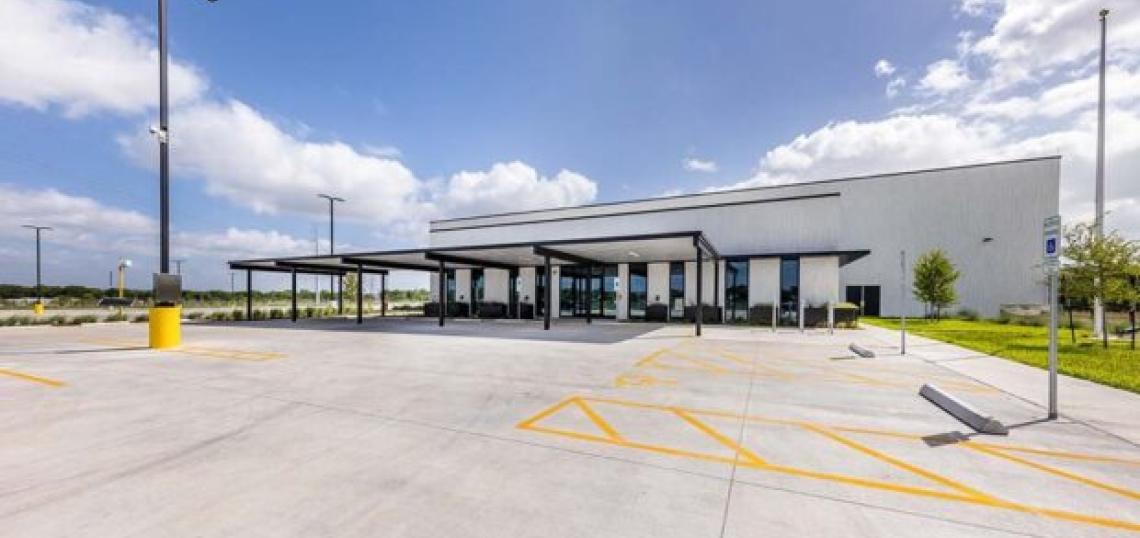Austin continues to sweep the encampments that serve as temporary shelter for people experiencing homelessness. The city’s Homeless Strategy Office and partner organizations announced last week that they had closed encampments at Stephenson Nature Preserve, Springdale Neighborhood Park, Lorraine "Grandma" Camacho Activity Center, and the West Rundberg neighborhood near the areas of the North Austin YMCA and at Masterson Pass.
A total of 95 of those formerly occupying the encampments moved to the city’s Northbridge and Southbridge shelters as part of the Housing-Focused Encampment Assistance Link Initiative. Another 20 were relocated to the Marshalling Yard Emergency Shelter through a separate encampment intervention.
Through the HEAL Initiative, 17 people were relocated to the Southbridge shelter from the Stephenson Nature Preserve. Austin Resource Recovery and the Austin Civilian Conservation Corps cleaned 31,300 pounds of trash and debris at the Stephenson Nature Preserve and adjacent land.
The Homeless Strategy Office and Hungry Hill Foundation connected 21 people to the Northbridge and Southbridge shelters from the Springdale Neighborhood Park. Austin Resource Recovery cleared 9,180 pounds of trash and debris from that location.
The Homeless Strategy Office resolved persistent vehicle camping by successfully supporting the relocation of four individuals and six dogs from the Lorraine “Grandma” Camacho Activity Center to the Northbridge and Southbridge shelters. One inoperable vehicle was towed after receiving approval from the owner, and no litter abatement was necessary.
Working in partnership with Urban Alchemy, the Homeless Strategy Office relocated 33 members of what it classifies as a "persistent and mobile unsheltered population” in the West Rundberg neighborhood near the North Austin YMCA and a few blocks away near the intersection of Masterson Pass and North Lamar Boulevard. to the Northbridge shelter.
"Closing homeless encampments with compassion means more than just moving people to a different location,” Homeless Strategy Officer David Gray said. “It involves a careful plan that treats people with respect, considers their unique needs, and offers them real support. Rather than simply displacing people from one site to another, our approach gives the resources they need to find stability and a real path out of homelessness."
The moves were part of the Housing-Focused Encampment Assistance Link Initiative, a city effort to address homelessness and return public spaces to their intended uses,. The city’s Homeless Strategy Office worked with the Austin Parks and Recreation Department, Austin Police Department, the Austin Area Urban League, Endeavors, and other community partners to create and begin implementing the program in 2021, developing a mobile encampment assessment tool that uses more than 40 factors to prioritize encampments for HEAL intervention.
More than 915 people have moved from high-risk encampments to the city’s Northbridge and Southbridge shelters since the HEAL program began.
A separate community intervention that was not affiliated with the HEAL Initiative also occurred emerging encampment at the Parque Zaragoza Recreation Center, according to a city press release. Through “extensive outreach,” it reads, a combined effort of the Homeless Strategy Office, Integral Care, the Austin Parks and Recreation Department, and the Austin Police Department facilitated the voluntary relocation of 20 people from the recreation center and the surrounding neighborhood to the Marshalling Yard Emergency Shelter.






